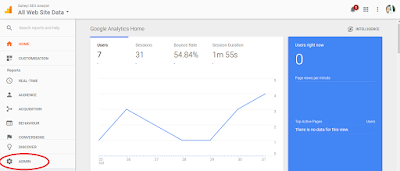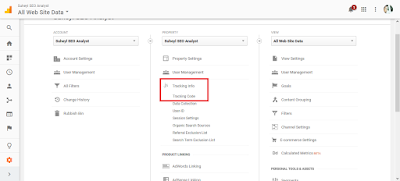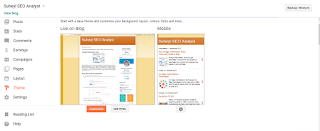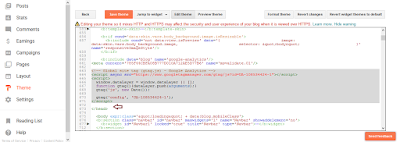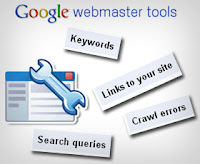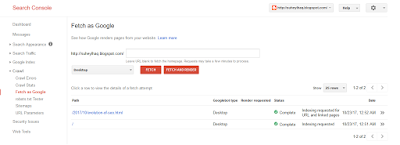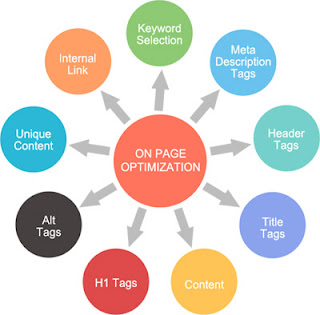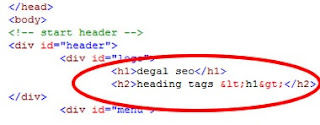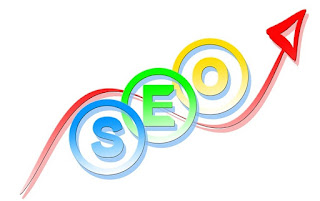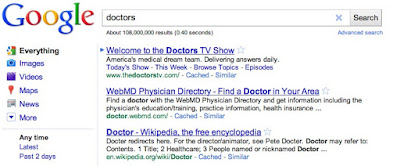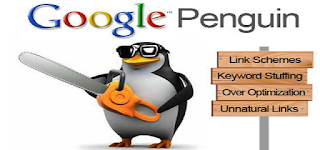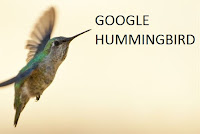History Of Google
 Google
Google is a search engine founded in 1998. Currently it is a multinational company and has more than 3 billion searches per day. The rapid growth of Google initiates to provide various products and services such as online marketing , cloud computing etc.
Google include 3 algorithms:
Crawling: It is like scanning process. The web crawler is a program that scans the web page and the contents to understand what kind of page and its properties in order to develop entries for index. It is also known as spider.
Caching: The process of saving the page data or taking a snapshot of page of page to reduce bandwidth usage and server loading time.
Indexing: Google collects and saves data by category in server. It eases the information retrieval process.
These 3 processes are algorithms and it is also known as Google bots.
Initially google couldn’t provide results about much famous things. In 2001 September 11, many people searched about World Trade Center attack. But google couldn’t provide any proper or satisfied results to users, because most of the web pages are not crawlable at that time. By following much discussion google decided to reveal its Search Engine Optimization Guide. This key decision of google started changing itself to being the current big world.
Search Engine Optimization
By following the origination of Internet, many web pages has been created by people. Google also became the part of internet. After the success of
Google, people searches their needs and information and sometimes ask google’s help. Because the world believe the search results provided by google. Google become the part of every individuals and helps in business, studies, work etc. Now online marketing is one of the major routines in internet and 90 percentage of it are through google.
The webmaster is one who controls and maintaining websites. In other words webmasters are the responsible for optimizing websites. SEO techniques are use for optimizing web page and more effective in results in search. Most optimizing pages are shown in first pages of search results.
Search engine optimization is process of increasing the visibility of web page in search engine’s results. There are two types of optimizing processes:
On-Page SEO: The main process in this type of optimization the crawler convert the web page in to an understanding way and the modification is takes place within the web page in order to enhance its position in search results. This involves assuring your web page titles, contents and the total composition are optimized for your focused keyword.
Off-Page SEO: This aims on enhancing the visibility of your webpage through the deed of gaining links from other web pages and this process is taken outside the web page or in other web pages. This method helps to achieve many high quality backlinks as possible.
Stages of SEO
Niche Specific (Content Specific): The ranking of website on the basis of particular keywords. If a web page contains more number of keywords, the rank of page will increase. The webmasters unnecessarily add keywords for increasing the rank of page.It is black hat technique. Gradually it became keyword stuffing.
Link Specific: A website rank is on the basis of number of backlinks. The number of backlinks increases the page rank also increases. Paid links are used for getting web pages top ranking.
Quality Link Specific: Google introduce PageRank and it depends on number of quality links in the website. Quality link means the links from quality websites.
Passing the Juice: If one page links to another page, then the link juice flows from first page to second. Then the equity pass through the link, this generally increase the rank of link gaining page.
Google AdWords: It is an online advertising provided by Google. This helps marketers to show their products to more number of people. Most percentage of Google’s revenue is from AdWords.
Advertisers paid for certain keywords for their advertisements to visible in search results. In each clicks, Google cuts a certain amount from the cost paid by the advertiser.
Google AdSense: It is a free and simple way to make money by putting ads on your websites. After adding the ads code in our website, Google checks our website type and add related ads in our website. Whenever users click on these ads, Google pay us for the clicks.
Pogo Sticking: When we perform a search in Google and then go to the first page appeared on the results. If we do not satisfied with the page, suddenly back to search and click on second page. If this situation happens again by many users, the rank of second page will go up and the first page becomes second.
Google updates
Google Panda Update:
Google launched panda update in 2011. This program is used against content spamming. By using panda update google remove many low quality content from search results to provide much quality results. Panda 4.0 is the latest update.
Why Panda update is used:
1. Low quality content used in web page.
2.Duplicate content used
3.Thinny pages: Pages contains only less contents.
4.Content spinning: Write same sentences more than one time.
5.Keyword metadata problem.
Google Penguin Update:
Google launched penguin update in 2012. This program is used against link spamming. This update is used for bring high quality results on the basis of backlinks. Disavow Tool is used for recovering web pages from link spamming.
Why Penguin update is used:
1.Link exchange.
2.Paid links.
3.Link Farming:
4.Comment Spamming:
5.Guest Blogging:
6.Wicky Spamming:
Parked Domain Update:
In 2012 Google released Parked domain update. Some people buy many domain and kept as parked domains. This domains are not useful for viewers. So google used this update to remove this kind of domains.
Exact Match Domain (EMD):
EMD is the act of giving same keywords for more than one domain.This was launched in September 2012.
Pirate Update:
Google released this update in august 2012. The aim of this update is to block sites from copyright with the help of DMCA system.
DMCA(Digital Millennium Copyright Act) is used to give complaint if someone copy our contents(image, videos, texts) .This is only available for webmasters.
Humming Bird:
This was launched by Google on 2013.Actually is not a punishing update.This help users to gain a deep information about what we search in the search results.Google give more priority to user accepted facts.This is known as semantic search results.
Rank Brain Update:
This is the advanced version of Humming bird update. Google give appropriate results according to the users mind. This works by Artificial Intelligence.
MobileGeddon:
Now a days people use mobile than computer and laptops. People use mobile for searching and browsing. So google prefer ranking for mobile friendly web pages.
Pigeon Update:
Google launched on 2014. This is a new algorithm to provide more useful, relevant and precised local
search results that are more closely to traditional web search
ranking signals. This algorithm improves their
distance and location ranking parameters.There are 5 process available for local SEO.
1. Mark place in google map.
2.Set location address.
3.Add our website in local directory.
4.Geo tagging.
5.Social media interaction.
Ahmed Suheyl Haq


